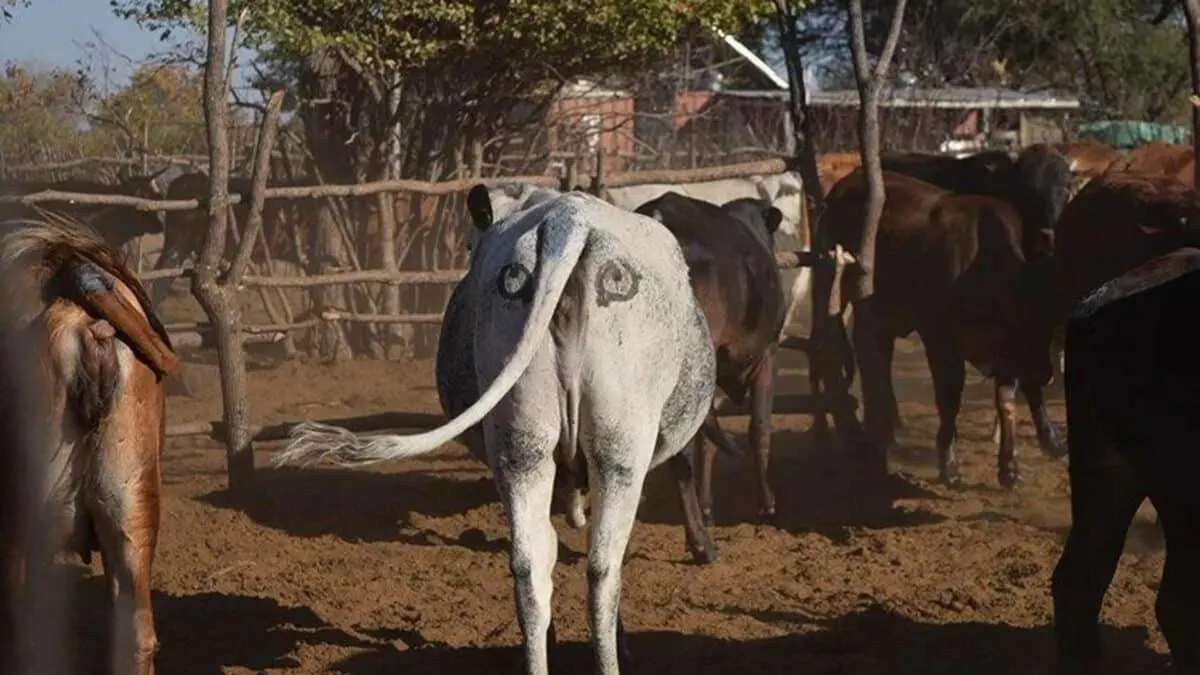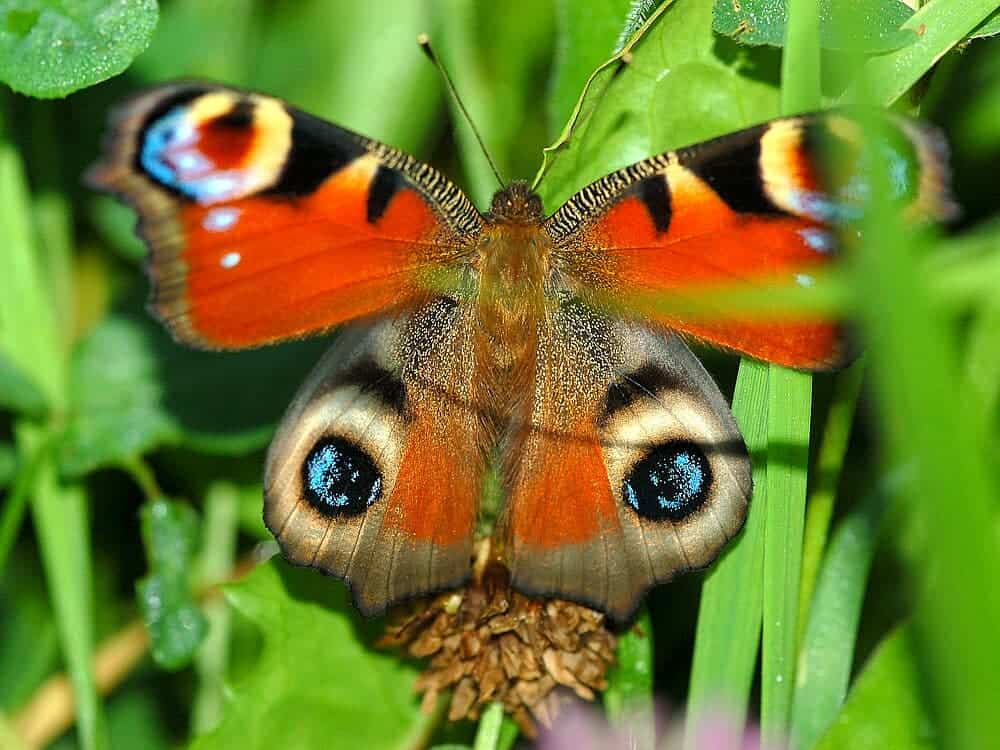The simplicity of this eye-catching solution shows the amount of creativity often involved in managing human-wildlife conflicts. Painting eyes on the butts of cows proves a successful solution to stop predators from killing cattle, and consequently protects the predators from being hunted by farmers.
Talk about hindsight!
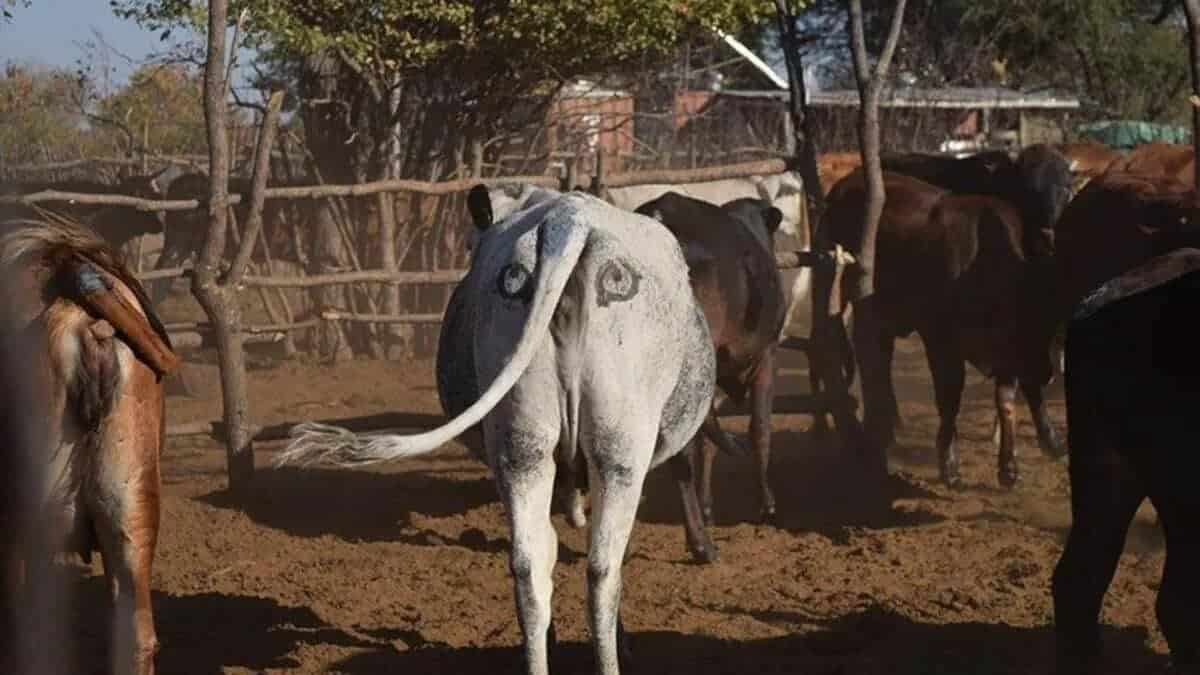
Farmers Encountering Bloody Scenes
For farmers, the sight of a cow falling prey to predators is both heart-wrenching and financially damaging. Because the cows share the landscape with wild predators like lions and leopards, their enclosure often becomes a battleground at night.
This ongoing conflict not only impacts the livelihood of farmers but also stirs a complex ecological challenge.
Retaliation by Farmers
In response to these predations, farmers often resort to lethal means to protect their herds, posing a significant threat to already vulnerable predator populations. This retaliation, while understandable, creates a vicious cycle of conflict and conservation challenges.
The need for a non-lethal solution is paramount, both for farmers and to protect the predators.
A Non-Violent Solution
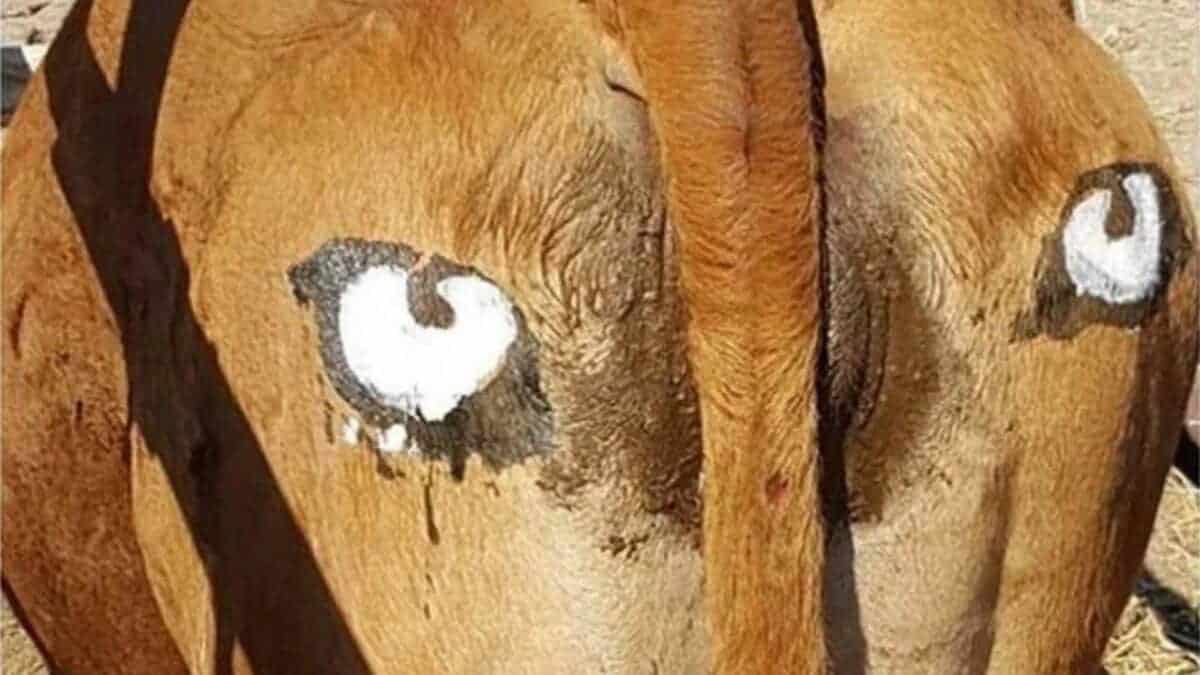
In a quest for harmony between livestock and predators, researchers embarked on a novel experiment: painting large eyes on the butts of cows. This study, conducted in Botswana, was inspired by the natural defense mechanisms of certain wildlife that use eye-like patterns to deter predators.
The aim is to trick predators into thinking they’ve been spotted, thus preventing attacks on these ‘eye-catching’ cows.
Painting Eyes on the Cows: Results
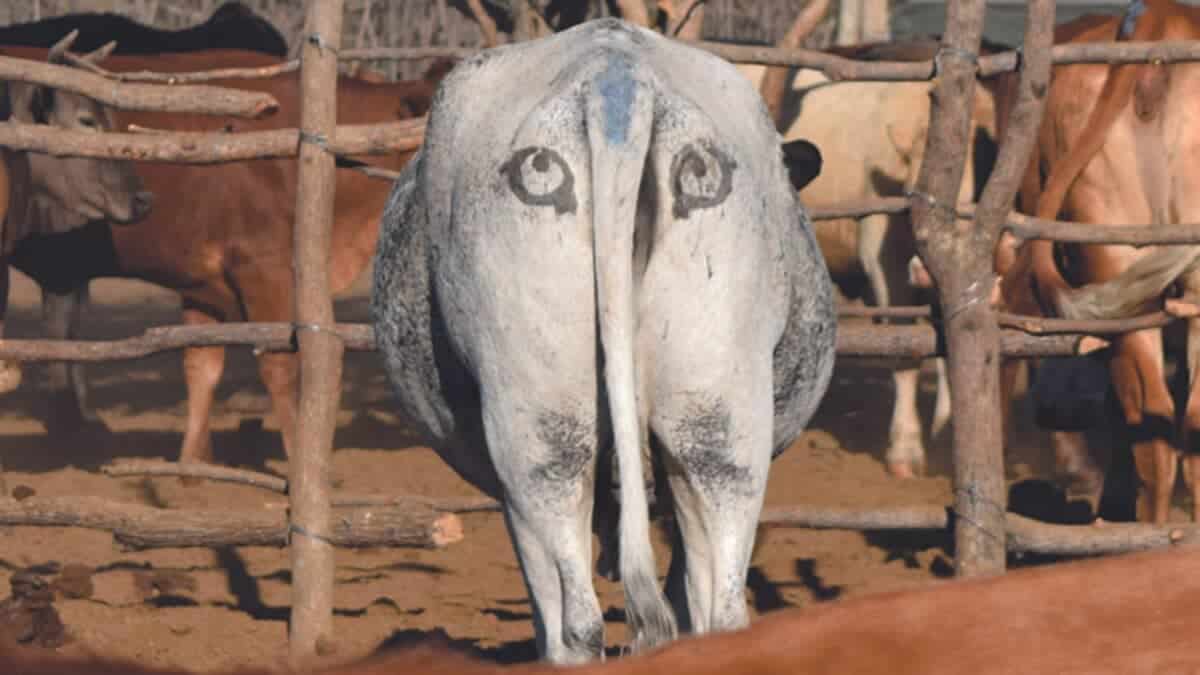
The results of this quirky yet scientific endeavor were remarkable.
The study found that cows sporting artificial eyes on their butts were significantly less likely to be attacked by predators. This simple, cost-effective method proved to be a win-win for both farmers and conservationists.
It successfully reduced the loss of livestock without harming the predator populations, all with just a lick of paint!
Similar Mimicry in the Animal Kingdom
This eye-deception strategy is not exclusive to cows. Nature is replete with examples of animals using eye-like patterns for defense.
A classic example is the butterfly, with its wings adorned with eyespots to ward off predators. Similarly, some fish and reptiles display these patterns to create an illusion of being watched, thus deterring potential attackers.
Nature’s ingenuity in survival tactics is nothing short of impressive.
Painting Eyes on the Butts of Cows: Conclusion
Painting eyes on cow butts, while seemingly silly, stands as a testament to the creativity needed in solving complex ecological problems. It’s a blend of art, science, and empathy, offering a non-lethal solution to an age-old conflict.
Thank you for reading this story about painting eyes on the butts of cows! For more cow-content, take a look at these posts:
- Maasai Warrior Chases Huge Lion for Eating His Cow
- Miniature Cow Thinks He Is a Duck
- Cows Attend Jazz Concert and Become Enchanted by the Moo-sic
Join our Forum for free today!


